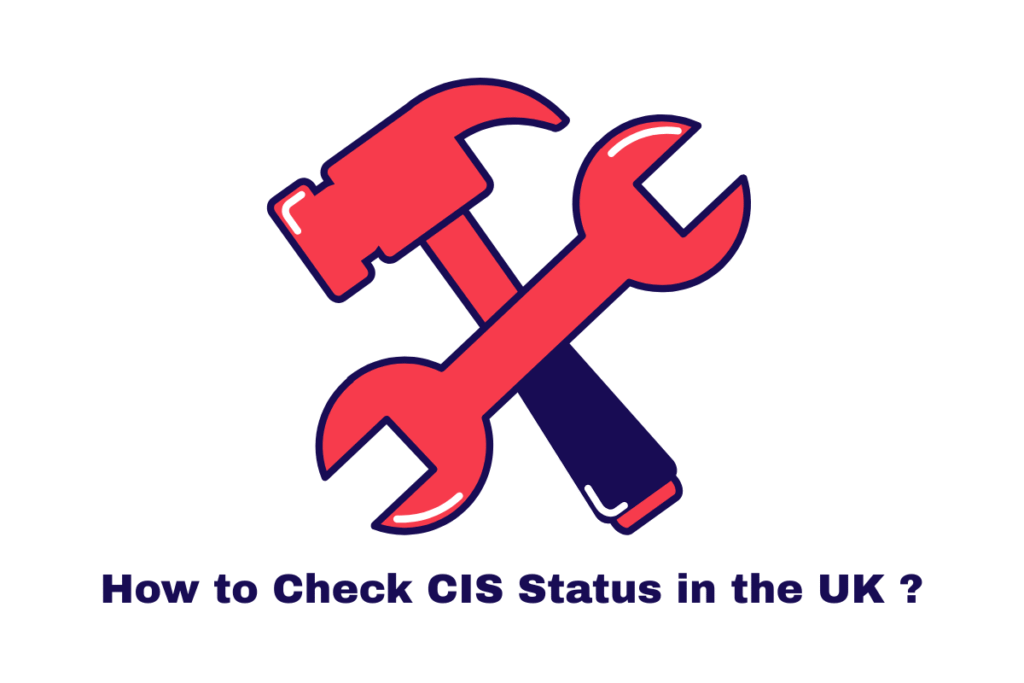If you’re a high-net-worth individual, business owner, or investor in the UK looking to safeguard your assets, minimise personal tax exposure, and grow family wealth long-term, you may have asked yourself: what is a personal investment company (PIC)?
A personal investment company is not a tax loophole, nor is it a one-size-fits-all solution—but when structured properly, it can be a powerful tool in your financial planning arsenal. In this guide, we’ll explore the structure, uses, and tax benefits of PICs in the UK, while citing trusted sources like HMRC, ICAEW, and other reputable financial advisory platforms.
💡 Need help estimating tax on your dividends from a PIC? Use our Dividend Tax Calculator now.
What is a Personal Investment Company (PIC)?
In simple terms, a Personal Investment Company is a UK-resident private limited company whose primary activity is investing rather than trading. Typically, it is owned and controlled by an individual or a family and used as a vehicle to hold and manage investments such as:
- Cash deposits
- Listed shares and stock portfolios
- Investment funds
- Buy-to-let or rental properties
- Bonds and gilts
Unlike trusts, which can be complex and subject to various tax regimes, a PIC is regulated under the normal corporate tax structure. This makes it more transparent and flexible for those who are looking for control, low tax leakage, and generational wealth planning.
According to HMRC guidelines on close companies, many PICs qualify as close companies, meaning they are controlled by five or fewer shareholders—often just family members.
You can also read our more guides on Personal Tax:
What is a Sole Proprietorship? Things You Should Know
How Much Tax Will I Pay on My Bonus in the UK?
Why Use a Personal Investment Company?
Now that you understand what a personal investment company is, let’s look at the strategic benefits and real-world use cases that make PICs a compelling solution for long-term financial goals.
1. Business and Cashflow Planning
If you’re running a trading company and don’t need to immediately extract cash for personal use, routing surplus profits into a PIC allows you to avoid high dividend or income tax.
These retained profits can then be reinvested for higher returns. It’s especially beneficial when your current personal tax bracket is higher, but you intend to extract funds later in retirement when your income is lower.
2. Retirement Planning
PICs can be structured to accumulate investments over decades, enabling tax-efficient withdrawals during retirement. Instead of earning income personally and paying 40%-45% in income tax, you could lend your own capital to the company, earn interest, and then withdraw tax-efficient dividends later.
Moreover, dividends received by a PIC from most UK companies are tax-free under Corporation Tax Act 2009—providing a significant incentive to keep profits within the corporate structure.
See more on dividend tax rules – HMRC
📈 Want to know how much dividend tax you’d owe as a PIC shareholder? Try our easy-to-use Dividend Tax Calculator now!
3. Family Wealth Planning
Shares in a PIC can be distributed among family members. By giving shares to children or a spouse, you can distribute dividends within their personal allowance or lower tax bands, effectively minimising the family’s overall tax liability. It also facilitates wealth transfer without triggering inheritance tax immediately.
The ICAEW suggests that family-owned PICs are becoming increasingly common among those looking to mitigate the effect of rising income and inheritance tax rates.
4. University Fees and Education Costs
With smart structuring, adult children attending university can be shareholders in the PIC. If they have no or low other income, they may receive tax-free dividends up to their personal allowance and dividend allowance. This creates a tax-efficient way to fund education and living expenses.
5. Inheritance Tax (IHT) Mitigation
A properly structured PIC allows you to grow wealth outside your estate, especially if the donor retains no beneficial interest or shareholding.
This means that the investment growth is not subject to 40% IHT upon death, unlike assets held personally. Combined with lifetime gifting and trust strategies, PICs can become a critical part of a larger IHT mitigation plan.
Learn more from HMRC’s IHT guidance.
Key Tax Benefits of Personal Investment Companies
There are multiple tax-related advantages that make PICs a popular choice among UK investors and families:
- Lower Corporation Tax Rates: Investment gains within a PIC are typically taxed at the current corporation tax rate (currently 19%–25% depending on profits), compared to personal capital gains tax of up to 28%.
- Dividend Exemption: Dividends received by the PIC from most UK companies are usually exempt from corporation tax.
- Investment Deductions: Management fees, investment advisory costs, and certain professional fees are allowable deductions within the company.
- Offsetting Rental Losses: Losses on rental properties within the PIC structure can be offset against other investment gains to reduce overall tax liability.
- Pension Contributions: The company can contribute to directors’ pensions—often with full deductibility—making it a flexible retirement planning tool.
For official rates and deductions, refer to HMRC Corporation Tax Guide.
➡️ Use our Dividend Tax Calculator to get accurate, up-to-date figures based on HMRC rules.
Important Considerations and Compliance
While PICs offer significant benefits, they are not without risks or complexity. Here are some compliance-related factors to consider:
- Reporting and Accounting: As a registered UK company, a PIC must file annual accounts and corporation tax returns with HMRC and Companies House.
- Management Charges: Care must be taken when charging for management services to ensure arms-length pricing and documentation.
- Close Company Rules: As most PICs qualify as close companies, there are specific anti-avoidance provisions, such as loans to participators, that must be considered.
- Potential HMRC Scrutiny: While legal, aggressive PIC planning can attract attention from HMRC, particularly if used purely for tax avoidance without legitimate commercial intent.
Always seek advice from a qualified tax adviser or accountant regulated by a professional body such as the ACCA or CIOT.
Summary: Is a Personal Investment Company Right for You?
So, what is a personal investment company in a nutshell?
It’s a tax-efficient corporate structure used by individuals and families to hold, grow, and eventually extract investment income.
By leveraging the lower corporate tax rates and flexible income distribution methods available in the UK, PICs can serve as an essential pillar of long-term wealth management, retirement planning, and inheritance tax mitigation.
However, a PIC must be carefully structured to meet your personal circumstances and goals, and professional guidance is essential to navigate regulatory and tax complexities.
Get Expert Guidance Today
At taxcalculatorsuk.co.uk, our expert team of chartered accountants and tax advisors—including James Cook—can help you design a fully compliant Personal Investment Company strategy that aligns with your investment goals.
Explore Our Tax Calculators
Salary Tax Calculator
Reverse Tax Calculator
Tax Calculator UK
VAT Calculator
Bonus Tax Calculator
Simple Interest Calculator
Payslip Calculator
The content provided on TaxCalculatorsUK, including our blog and articles, is for general informational purposes only and does not constitute financial, accounting, or legal advice.
You can also visit HMRC’s official website for more in-depth information about the topic.




